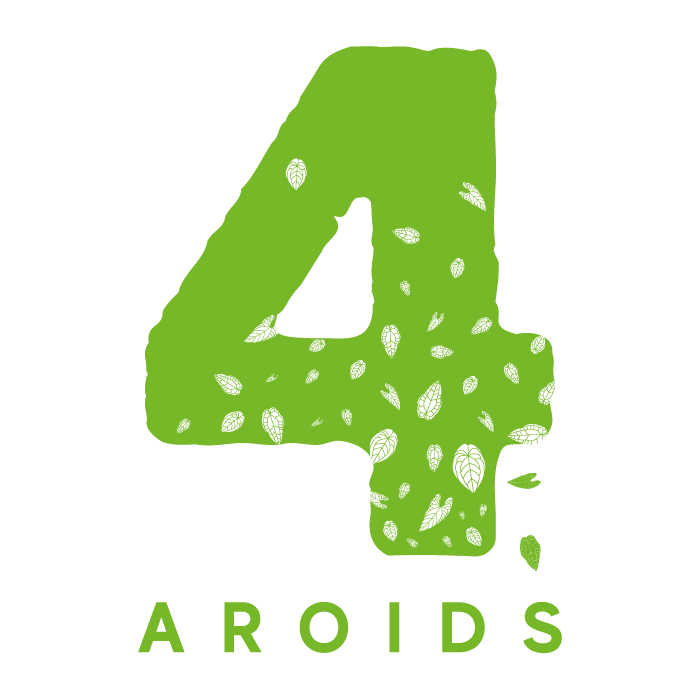Recently, anthuriums of the species A. carlablackiae have been appearing more and more on the European market, with the attractive additions "unnumbered" or "prenumbering". In the following article...
Anthurium leaves have a network of veins that are crucial to the physiology and structure of the plant. They give the leaf structural stability and are the main conduit for water, minerals and nutr...
A clone in plants is a genetically identical copy of a parent plant obtained through asexual (vegetative) reproduction. This method of reproduction includes techniques such as: cuttings (e.g. cutt...
The anthurium petioles are the petioles that connect the leaf to the stem or base of the plant. They are an essential part of plant morphology and play both a structural and functional role. Ana...
"Open pollinated" is sometimes indicated in the Anthurium scene for seedlings and refers to a type of pollination in which seeds are formed through natural pollination.
Blister variegation is a form of leaf discoloration or variegation in which the leaves have a pattern of raised, often inflated or swollen-looking spots that contrast in color with the rest of the ...
Reverse cross is a term used in genetics and breeding research. It describes a special procedure in cross-breeding experiments in which the sexes of the parent lines are swapped compared to the ori...
Germination is the physiological process by which an anthurium seed begins to acquire metabolic activity and grow into a seedling. This process represents the first phase in the life cycle of an an...
The term "community pot" refers to a method of sowing in which freshly harvested anthurium seeds are sown in a common container filled with a suitable germination substrate, such as sphagnum moss o...
Are you missing a description?
Then contact us and we will write the article as quickly as possible.
